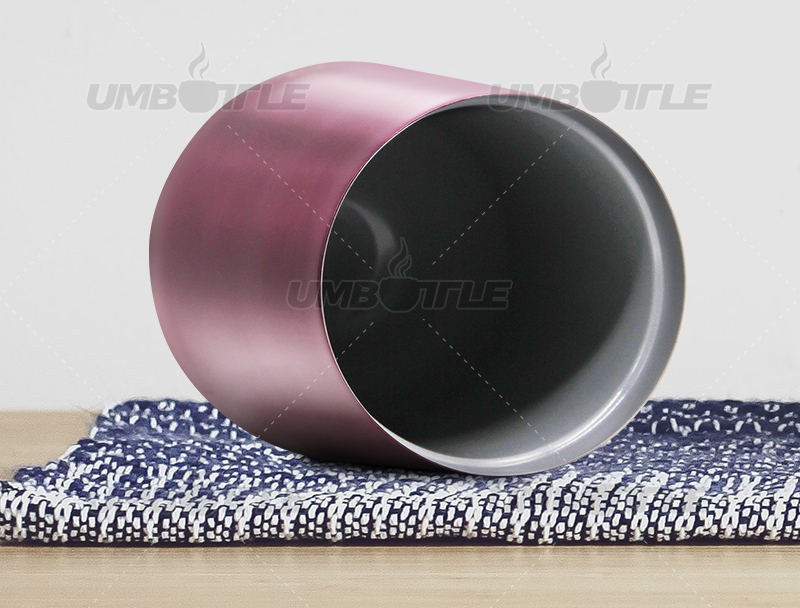Comparison of Teflon Coating and Ceramic Paint Processes: Production Differences and Pros and Cons
When manufacturing products like kitchenware, cutlery, and water bottles, both Teflon coating and ceramic paint processes are commonly used surface coating methods. This article will provide a detailed comparison of the production differences, advantages, disadvantages, and suitability of these two processes.
Teflon Coating Process:
Teflon coating, also known as non-stick coating, is a process that involves applying Teflon material (polytetrafluoroethylene, PTFE) onto the surface of a product. It has the following characteristics:
Advantages:
Non-Stick Properties: Teflon coatings have excellent non-stick properties, making it easy to prevent food from sticking to the surface and facilitating easy cleaning.
Corrosion Resistance: Teflon exhibits good corrosion resistance, protecting the product's surface from the effects of acids, alkalis, and other substances.
High Heat Resistance: Teflon coatings can withstand relatively high temperatures, suitable for cooking and baking in high-temperature environments.
Easy to Clean: Due to their non-stick nature, products with Teflon coatings are easy to clean, reducing the adhesion of oil and food residues.
Disadvantages:
Prone to Scratching: While Teflon coatings are durable, they can still be prone to scratching during use, affecting their appearance.
Limited Color Options: Teflon coatings typically appear white or in similar light colors, limiting color choices.
Ceramic Paint Process:
Ceramic paint is a process that involves applying ceramic powder onto the product's surface and then subjecting it to high-temperature firing to create a hard ceramic coating.
Advantages:
Wear Resistance: Ceramic paint coatings are hard and exhibit excellent wear resistance, making the product surface more durable.
High Heat Resistance: Ceramic paint can also withstand high-temperature environments, suitable for cooking and baking.
Rich Color Options: Ceramic paint offers a wide range of color choices, allowing for more customizable appearance designs.
Disadvantages:
Susceptible to Breakage: Despite their hardness, ceramic paint coatings can still be relatively susceptible to breakage compared to ceramic surfaces.
Heavier: Due to the thicker ceramic coating, products may be heavier, which may not be suitable for lightweight requirements.
In summary, both Teflon coating and ceramic paint processes have their respective advantages and disadvantages and are suitable for different products and requirements. Consumers should make choices based on usage scenarios, design requirements, and personal preferences. Understanding the differences between these two processes can help consumers make better choices for their products.

Dongguan Zhanyi Commodity Technology Co., Ltd. specializes in the production of metal cups, plastic cups, coffee cups, suction mug, lunch boxes, food jar, travel mugs, portable water bottles, sports bottles, home life desktop trash cans, thermos bottles, etc.These products are all our annual exports, and are recognized and loved by the US, Europe, Australia, Japan, South Korea, Taiwan, Hong Kong and other consumers. Support for small quantity order, fast customization.